World Art Day, a celebration to promote the development, diffusion and enjoyment of art, was proclaimed at the 40th session of UNESCO’s General Conference in 2019. Art nurtures creativity, innovation and cultural diversity for all peoples across the globe and plays an important role in sharing knowledge and encouraging curiosity and dialogue, as stated on UNESCO World Art Day webpage.
One in-house extraordinary example of the art/science crossover theme is a limited-edition showcase of protein-inspired artwork by teenagers from across Europe, created as part of SEPE EMBL’s Unfold Your World project, and now on display at The World of Molecular Biology exhibition.
Featuring crochet cats, giant medusa heads and a 3-D protein flower bouquet, the collection will be displayed until the end of summer only. EMBL staff can book a general public visit or a Friends and Family tour.
Praising the endless interaction and synergies of science and the arts, and aiming to inspire more fantastic projects ahead of the World Art Day 15.4.2025, the Szilárd Library collection is enriched with the new titles on these topics:
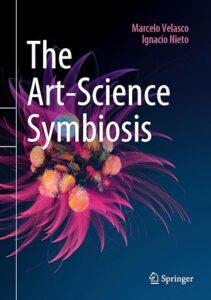
By Marcelo Velasco and Ignacio Nieto
The Key messages of the book are: ● Contemporary art is a powerful space of dialogue between science and the public ● Interdisciplinary work based on symmetrical collaboration promotes groundbreaking results ● Artistic inquiry can lead to new understanding of scientific exploration ● Art-science practice could be started using a simple methodology.
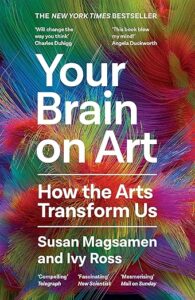
By Susan Magsamen and Ivy Ross
The arts can deliver potent, accessible and proven solutions for the wellbeing of everyone. Your Brain on Art is an authoritative guide to how neuroaesthetics can help us transform traditional healing, build healthier communities and mend an aching planet.
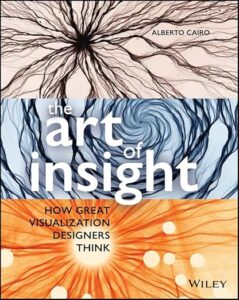
By Alberto Cairo
In this book, renowned visualization designer and educator Alberto Cairo, in conversation with several leaders in the field, delivers an inspiring exploration of how they make design choices.
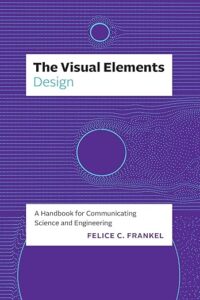
By Felice C. Frankel
Ideal for researchers who want a foothold for presenting and preparing their work for conferences and publications, the book explains the steps for creating a concise and communicative graphic to highlight the most important aspects of research.
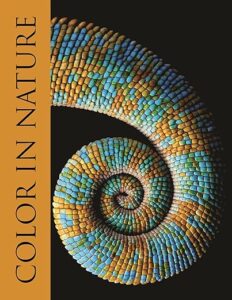
By N. Justin Marshall
Recent years have seen tremendous strides in the fields of vision, visual ecology, and our own multilayered experience of color in life and the world. These advances have been driven by astonishing discoveries in neuroscience and evolutionary biology as well as psychology and design.
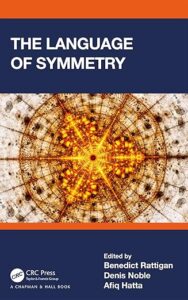
Edited by Benedict Rattigan, Denis Noble, and Afiq Hatta
An interdisciplinary group of specialists from the arts, humanities, and sciences at Oxford University explored, amongst other topics, order and chaos in the formation of planetary systems entropy and symmetry in particle physics group theory, fractals and self-similarity symmetrical structures in western classical music, and how biological systems harness disorder to create order.
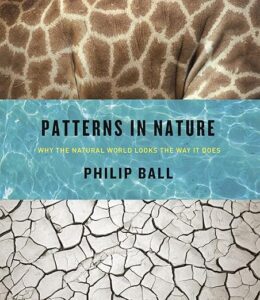
By Philip Ball
Revealing the order at the foundation of the seemingly chaotic natural world, Patterns in Nature explores not only the math and science but also the beauty and artistry behind nature’s awe-inspiring designs.

Edited by Tula Giannini and Jonathan P. Bowen
Fuelled by the convergence of computational culture, artificial intelligence, and machine learning, arts and culture are experiencing a revolutionary moment poised to change human life and society on a global scale.







